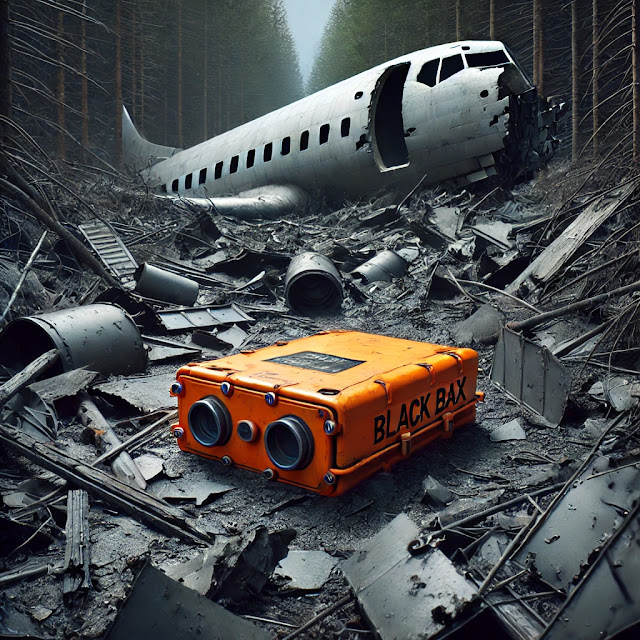100 Mind-Blowing Random Facts About KANGAROOS

Here are 100 Mind-Blowing Random Facts About Kangaroos: 1-10: Basic Facts 1. Kangaroos are the largest marsupials on Earth. 2. A group of kangaroos is called a mob, troop, or court. 3. They can hop at speeds of up to 70 km/h (43 mph). 4. Kangaroos are native to Australia and New Guinea. 5. They use their strong tails for balance when hopping. 6. Unlike most animals, kangaroos can’t walk backward. 7. The Red Kangaroo is the largest species, growing up to 2 meters (6.5 feet) tall. 8. Kangaroos cool themselves by licking their forearms. 9. A baby kangaroo is called a joey and is only the size of a jellybean at birth. 10. Joeys stay in their mother’s pouch for about 6-8 months. 11-20: Unique Abilities 11. Kangaroos store extra embryos for later birth—this is called embryonic diapause. 12. They can pause pregnancy until conditions improve. 13. Their hind legs only move together when swimming. 14. Kangaroo hopping is more energy-efficient than running. 15. They have tendon springs in ...



